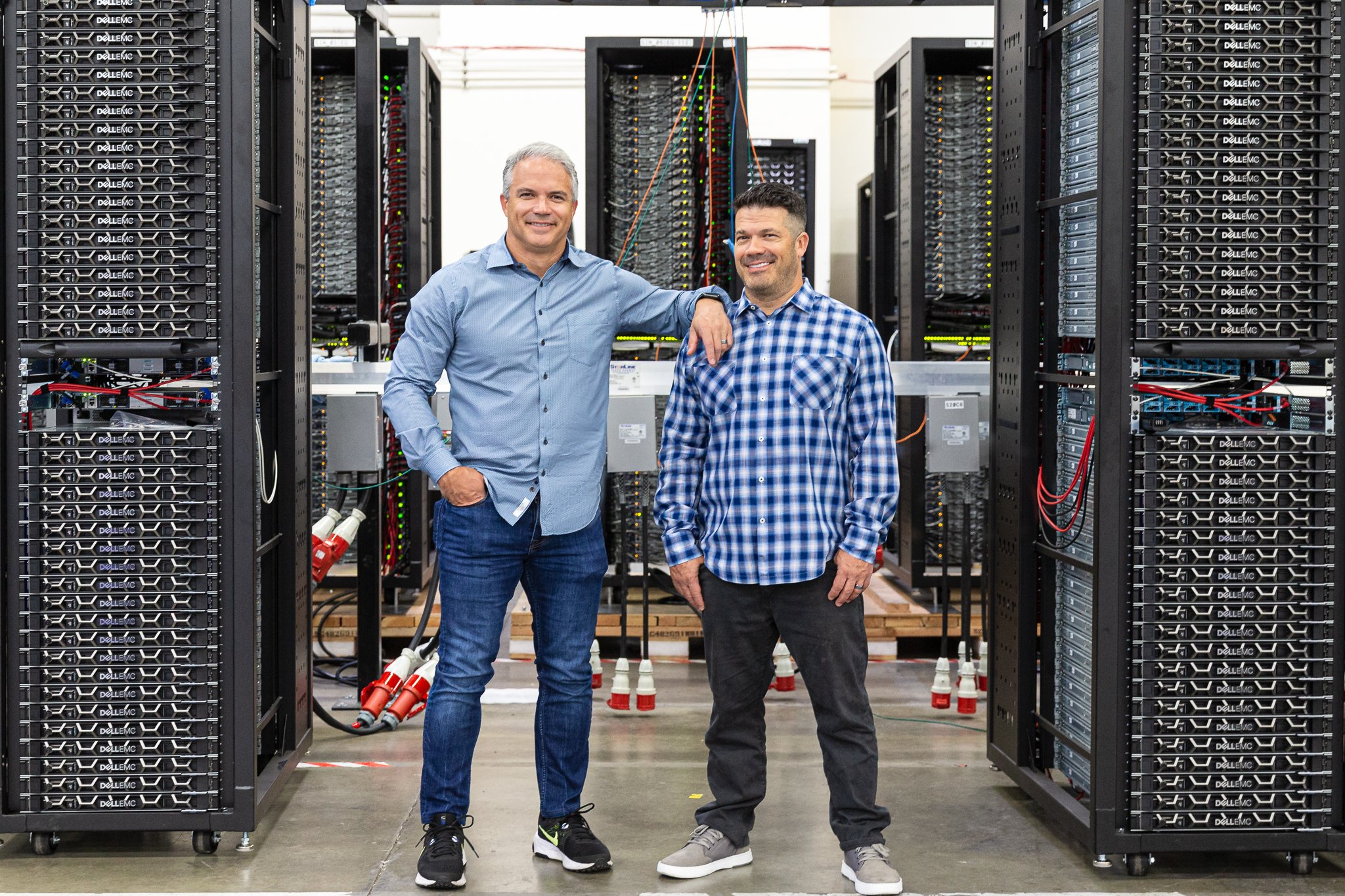Late last year, Broadcom acquired VMware for more than $60 billion, and shortly after, the company announced it would be moving entirely to a subscription model.
For many existing VMware users, this was terrible news since details of the new model made it clear that the valuable tool would eventually become far too expensive for all but the most prominent companies.
While the VMware subscription model switch came with a three-year grace period, depending on when customers last signed their agreement, the writing is on the wall that companies unable—or unwilling—to pay up needed to find an alternative.
The good news is that alternatives are available. We recommend that our clients move their workloads to AWS when they are already primarily using the platform.
Making The Move
Transitioning from VMware to AWS requires careful planning and execution to ensure a smooth and successful migration.

All told, there are six steps we generally take when helping companies make the switch. These are:
1. Assessment of current VMware environments
Understanding the current infrastructure of your VMware environments will help determine the best migration strategy and identify potential challenges. Key areas to focus on include:
- Workload inventory: Catalog all your workloads running on VMware. Identify applications, databases, and services that are critical to the business.
- Performance metrics: Analyze your performance metrics, such as CPU utilization, memory usage, and storage needs. This information will help map workloads to equivalent AWS resources.
- Dependencies: Identify any dependencies between your workloads, applications, and databases. These dependencies need to be considered when planning the order of migration.
- Licensing: Review your current VMware licensing model to determine if any licenses can be terminated or repurposed during the migration.
2. Choose the right migration strategy
Once your VMware environment has been assessed, you should select a migration strategy. AWS offers several migration paths, each with different levels of complexity and benefits. Your plan depends on your needs, timelines, and risk tolerance.
Lift-and-shift involves migrating VMware workloads to AWS with minimal changes to the underlying architecture. This is the fastest and most straightforward method since workloads are rehosted on AWS without modifying the applications or virtual machines. Tools like AWS Application Migration Service or third-party solutions like CloudEndure can help automate migration. This strategy is ideal for businesses looking for a quick migration with minimal upfront investment.
In a re-platforming migration, applications are partially modified to take advantage of specific AWS services, but the core architecture remains intact. For example, you may move from VMware-based databases to Amazon RDS or shift storage to Amazon S3. This strategy requires more effort than lift-and-shift but allows you to leverage AWS-native services to improve performance and reduce costs.
Refactoring involves re-architecting applications to fully leverage the benefits of cloud-native services. This often requires significant changes to application code and architecture. While this approach demands more time and resources, it offers the most significant long-term benefits regarding scalability, performance, and cost-efficiency.
3. Plan your migration phases
A successful migration to AWS requires careful planning and execution in phases. Attempting to move all workloads simultaneously can lead to unexpected downtime, disruptions, and operational challenges. Common phases include:
Proof of Concept (POC)
Start by selecting a few non-critical workloads or applications for a proof-of-concept migration. This will allow the team to test the migration process, identify potential issues, and refine the approach before moving critical workloads.
Pilot migration
After the POC, move a small set of critical workloads in a pilot phase. This will allow you to fine-tune the migration process, address any performance or compatibility issues, and ensure minimal disruption to business operations.
Full-scale migration
Once the POC and pilot migrations are successful, it’s time to migrate the remaining workloads. Depending on the size and complexity of the VMware environment, this may need to be broken into further phases to minimize risk and downtime.
4. Lean into AWS services
AWS has put a lot of work into creating several services and solutions that make the migration of VMware workloads easier. Some of their key offerings include:
- VMware Cloud on AWS is a fully managed solution that allows businesses to run VMware workloads directly on AWS infrastructure. It provides a consistent operational model and integrates with AWS services such as Amazon S3, AWS Direct Connect, and Amazon EC2. Thus, you can quickly move workloads without re-architecting your entire infrastructure.
- AWS Migration Hub provides a central place to track the progress of application migrations across multiple AWS and third-party solutions. It offers visibility into the status of each migration, helping you manage the process more effectively. This tool can be handy when coordinating complex migrations involving multiple teams and workloads.
- Amazon EC2 Auto Scaling automatically adjusts the number of EC2 instances based on demand. This ensures that workloads receive the resources they need during peak times while minimizing costs during off-peak periods.
5. Address security and compliance requirements
Security is a critical aspect of any migration to AWS. VMware environments are often heavily customized with specific security controls, and businesses need to maintain or enhance these controls during the transition.
Key considerations include:
- Identity and Access Management (IAM): AWS IAM provides granular control over resource access. To secure workloads post-migration, ensure that roles and permissions are correctly configured.
- Data encryption: Encrypt data at rest and in transit using AWS services such as AWS Key Management Service (KMS). This will help protect sensitive information and comply with regulatory requirements.
- Compliance: AWS offers many compliance certifications, including HIPAA, SOC 1/2/3, and PCI DSS.
6. Testing and optimization
Thorough testing is essential to ensure that everything is functioning as expected. Performance, compatibility, and security should all be evaluated.
Look, migrating from VMware to AWS can be a complex process. But with careful planning, the right tools, and a phased approach, you can ensure a smooth and successful transition.
This journey is not just about moving workloads—it’s an opportunity to modernize and future-proof your IT infrastructure. Schedule a clarity call with our experts today if you want to move VMware to AWS.















